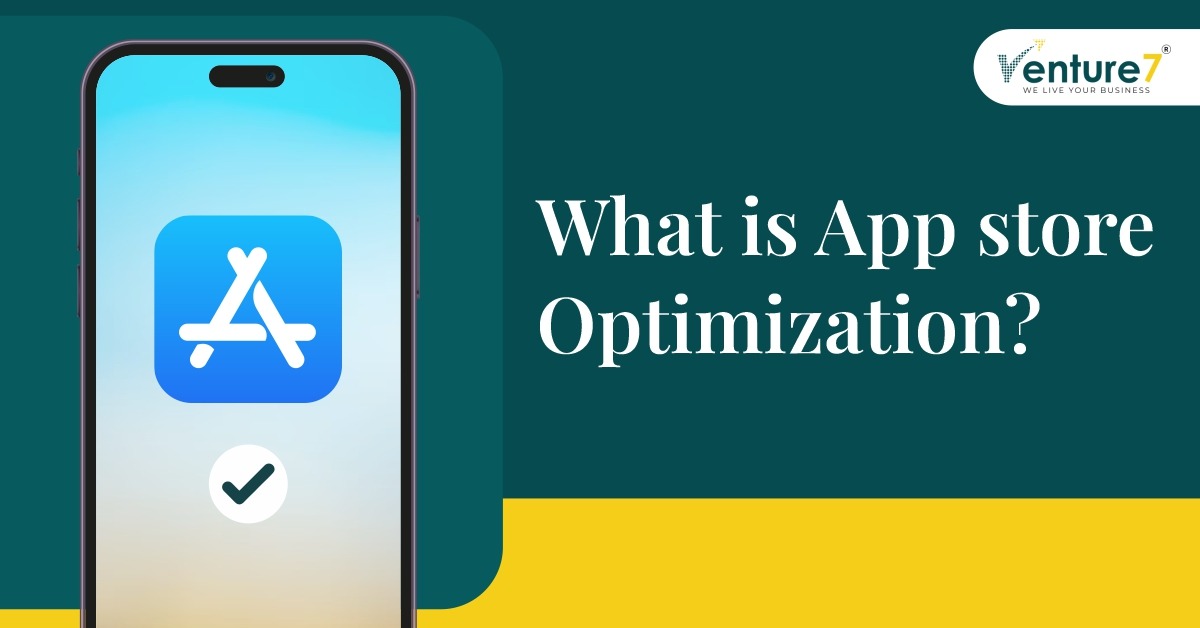What is App Store Optimization?
App Store Optimization, or ASO in short, is the process of optimizing the App in the app store so that you get more downloads. You get more downloads because your App is most visible and ranks higher among others. Let us say someone is searching for a meditation app. They search “meditation app” in the app store. The difference between showing up in the first position versus in the 8th position is massive. The top-ranking App gets more clicks and users. As a result, marketers and developers often focus on improving their app ranking for more visibility and wider reach. Improving your app ranking can be a competitive advantage. As a metaphor, you can say that ASO is similar to SEO for Apps. Since App tracking transparency has been introduced, ASO is in high demand. Over time, user acquisition is becoming more difficult due to the saturation of the app market. The situation is further compounded by IDFA depreciation. Before we start learning the strategies to boost app ranking, It would be helpful to look into the history of the App Store. Understanding the evolution helps with valuable insights that can help the App’s ranking. A Brief History of ASO. Let’s discover this fascinating history. In 2008, Apple launched its app store and revolutionized phone usage. In the same year, Google introduced the Play Store. Something that started with 500 apps reached 3.5 million for Android in 2022 and 2.2 million for Apple. With the exponential increase in businesses penetrating the marketplace, the app store became crowded and competitive. Two complications arose as a result of this: That’s where ASO came into play. Just like Search Engine Optimization has its ranking factors, the app store started having its algorithm. An algorithm that looked into app keywords, number of installations, and reviews. Let’s divide this growth of ASO into two periods: ASO Version 1.0 and ASO Version 2.0. ASO Version 1.0 Keywords were the significant factor determining the App’s rank during this period. The copywriting of the app description and the keyword used predominantly determined the app ranking. But as competition grew, so did the black hat strategies. ASO Version 2.0 Thus enters ASO Version 2.0. Stuffing non-sensical keywords stopped working. The algorithm evolved to become more complex. It began to look into the engagement of the users within the App. How long do they spend? What is their behaviour? Does the App attract any referrals? Analyzing these data points allows the algorithm to make more informed decisions and rank the apps more appropriately. There is a lot more complexity today. As we all know, organic users are more loyal and engaged than those acquired through paid ads. Successful ASO leads to more user acquisition. Since these are acquired organically, these new users show more engagement. That creates a loop that improves your ranking in the app store. ASO is integral in staying competitive in today’s market. Successful SEO leads to better website ranking and landing pages on the SERP, whereas ASO helps you rank in the APP store. Across platforms, ASO principles are the same. The App that engages more and is more enticing will rank higher. However, there are differences in the factors these platforms consider while ranking an app. While the exact algorithm isn’t publicly available, app ranking is tied to certain criteria such as : Google Play Store Ranking Factors. App Title. App Short Description App Long Description. Update Cycle Number of Installs App Reviews and Ratings. In App purchases. Now that you know why ASO matters, let’s look at how to create a killer strategy. Let’s start with keywords. Keywords are how your app gets found. You’ll want to use strategic words that match your potential user’s intent. So how do you choose the right ones? First, understand your target audience and what they’re searching for. Second, look at your current reviews and see what language your customers use to describe your app. Third, look at the keywords and reviews on your competitor’s apps. Where are the gaps you can fill? You can also compare strategic keywords on analytics platforms to see which have the most potential. Next, you’ll need to choose a primary and secondary category for your app. Your primary category should describe the main function or subject matter of your app and will determine its discoverability. While the secondary category helps users determine the other categories your app is most related to. Your app store title will be critical to your discoverability, so keep it simple, memorable and easy to spell. You’ll want to avoid overly generic terms or names that are too similar to existing apps. Since you’ll only have 30 characters, be precise. Meanwhile, your app subtitle, which sits just below your app name, should summarize your app’s value clearly and distinctly. Next, an engaging app description is essential to conversions. You’ll need to highlight your benefits, features and capabilities. It doesn’t have to be long. However, it’s a great place to use your strategic keywords. Here’s an example of an effective app description. Join your friends and discover videos you love only on TikTok. It works because it creates a sense of belonging while showcasing an exclusive entertainment experience in just 11 strategic words. As I mentioned earlier, the App Store and Google Play Store rank apps differently, which can be annoying, right? But it’s just the reality. So here’s how you can best approach it. With the Apple App Store, you must also optimize your app URL, app subtitle, keyword field, in-app purchases, and update cycle. While on Google Play, you’ll also need to optimize your long description, in-app purchases and update cycle. Now that we’ve covered the text on your app store page let’s talk about optimizing your visual assets, which can be broken down into icons, previews, and screenshots. The first thing that users see is your app icon. So keep it simple and bold so you make a strong first impression. Your screenshots should use images that show your app’s user experience. You can also include value-driven on-image text. Finally, your preview should be a 30-second video that shows your app in action. Since the app previews autoplay with muted audio, rely on your visuals to tell the story. And, of course, since we’re talking about optimizing, you’ll want to A/B test different versions of your app store visuals and text to see which drives more installs. So your words are good, you’re looking good. What do you need to think about next? Ratings and reviews are a form of social proof that all the successful apps have nailed. And what’s the best way to get those ratings and reviews? Just ask. You must make things as easy and timely as possible for your users. Use push notifications when you know they’ll feel good about their app experience. Maybe that’s when they’ve used a new feature. Or it could be just after they’ve received their purchase. Another tip is to reply to those reviews and even the not-so-good ones. We all want to feel heard. A thank you, or even an apology will go a long way. So now that you’ve got a strategy to optimize your app store page. What now? Well, sorry to say, but ASO isn’t one and done. You’ll need to keep monitoring and optimizing your page over time. So, let’s look at five key metrics and KPIs you can measure to make sure you keep improving. Let’s start with the first key metric area, visibility. The KPIs to measure here are your keyword ranking on the search results page, whether you’re on top of the charts and category rankings. Whether you’re featured on the App Store’s main page and which similar or related apps are linked to yours. Getting these right will skyrocket your visibility. The next metric group conversion. There are two main KPIs to look at here. Click-through or tap-through rates will tell you how many potential users have landed on your app page. Conversion rate, also known as install rate, then tells you of those potential users and how many went on to install your app. The third metric group you need to monitor is your growth. Overall numbers aren’t enough. The KPIs you need to measure are monthly and daily active users over time, as those numbers are much better indicators of how users engage with your app. We are now moving on to our fourth metric area. You need to look at your user feedback. The KPIs you can track here are, number one, what’s your rating score? Is your app a five-star, or is there room for improvement? Number two, the number and recency of ratings you have. And number three the rating-to-review ratio. You want to be as near to 1 to 1 as possible, as written reviews are more persuasive than clicking stars. Let’s look at the final metric group, monetization. The KPIs you need to measure are your app’s total revenue, average revenue per user and lifetime value of an individual user. Monitoring these key performance indicators for monetization can help determine target users, traffic sources, and conversion factors. And that’s a brief overview of how to strategize your ASO plan and get those organic installs. And if you’ve got more questions about this blog, comment below. 
What is App Store Optimization?
ASO as a User Acquisition Strategy.
ASO vs SEO: What is the Difference?
iOS App Store vs. Google Play Store.
Apple App Store Ranking Factors.
How to do App Store Optimization?









